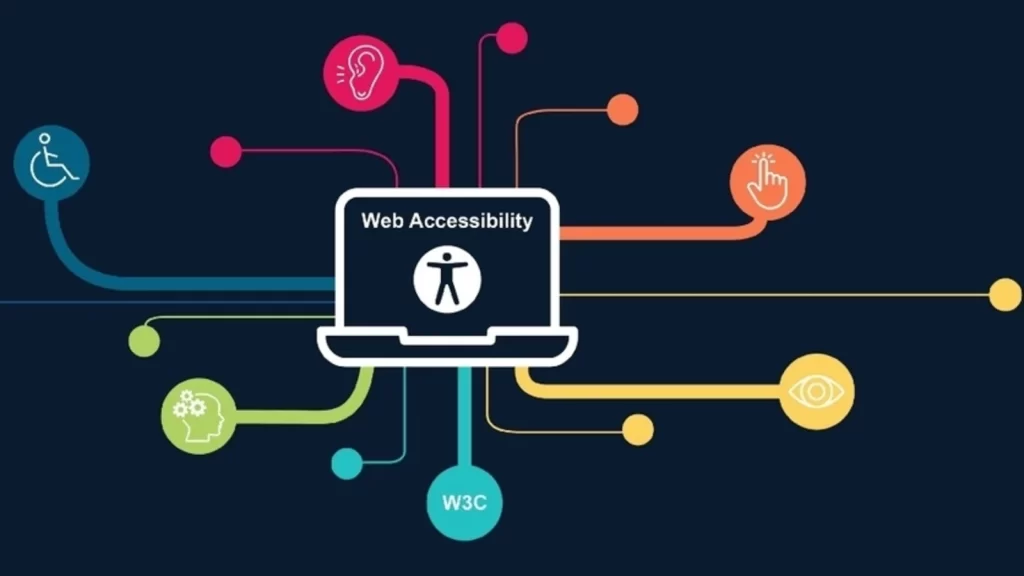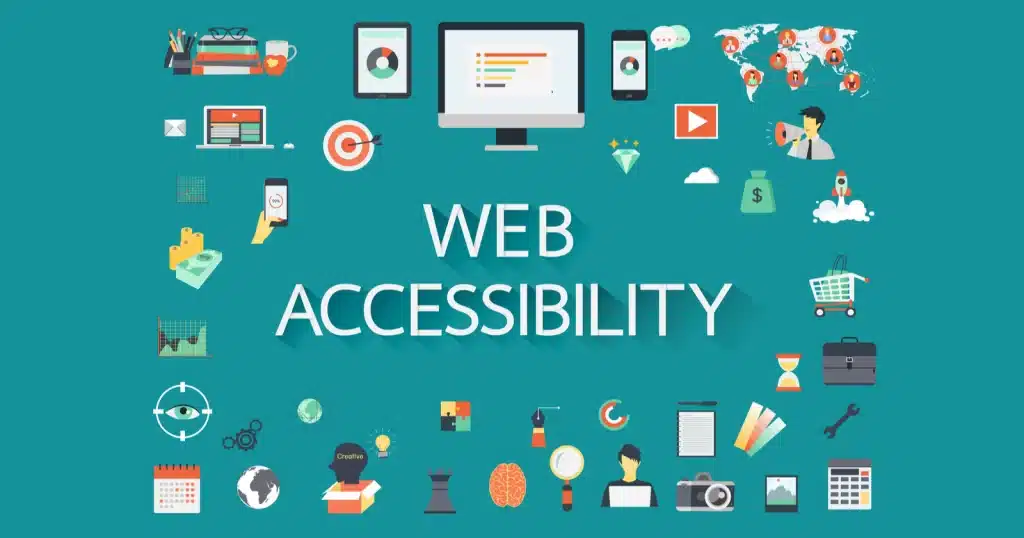Introduction to Web Accessibility
In today’s digital-first world, the concept of web accessibility has transitioned from a niche concern to a central aspect of web development. It is the cornerstone of creating an inclusive digital environment, ensuring that everyone, including people with disabilities, can access and effectively use web content. This is where the expertise of a web accessibility consultant becomes crucial.
A web accessibility consultant is more than just an advisor; they are the bridge that connects diverse user needs with digital solutions. They bring a deep understanding of the various challenges faced by people with disabilities – from visual and hearing impairments to cognitive and motor limitations. Their role involves not just identifying these barriers but also crafting strategies to overcome them, ensuring the web is a place for all.
Their expertise is particularly vital in navigating the complex landscape of web accessibility standards. With laws like the Americans with Disabilities Act (ADA) and the Web Content Accessibility Guidelines (WCAG) shaping the requirements for accessible websites, a consultant’s knowledge becomes indispensable for compliance and ethical practice.
The Role of a Web Accessibility Consultant
A web accessibility consultant brings specialized knowledge and skills to the table. They are adept at evaluating websites using tools like the WAVE Web Accessibility Evaluation Tool and providing practical recommendations. Their expertise extends to understanding various disabilities and how these impact web use. This includes visual, auditory, physical, speech, cognitive, and neurological disabilities.
Working with a web accessibility consultant ensures that your website not only meets legal compliance but also provides an inclusive and positive experience for all users. They help in identifying barriers that might prevent people from fully accessing or interacting with a website.

Importance of WAVE Web Accessibility Evaluation Tool
The WAVE Web Accessibility Evaluation Tool is a critical resource in the arsenal of any web accessibility consultant. It allows for an automated review of a website to identify accessibility issues. This tool highlights errors, alerts, and features of the website that are pertinent to accessibility, making it easier for consultants to pinpoint specific areas that need improvement.
Employing tools like WAVE is essential in creating a web environment that is inclusive and accessible. It helps in systematically addressing issues, ensuring that web accessibility is not an afterthought but a fundamental aspect of website design and development.
Web Accessibility Examples: Learning from the Best
When it comes to web accessibility, examples of best practices can be highly instructional. An effective web accessibility consultant will often reference these examples to illustrate successful strategies and approaches. From well-structured navigation to clear content and accessible design, these examples serve as a blueprint for creating an inclusive web experience.
By studying these web accessibility examples, one can understand how to implement similar strategies in their own website. It’s about more than just compliance; it’s about crafting an experience that is universally accessible and user-friendly.
Creating an Accessible Website: Tips and Strategies
Creating an accessible website is a multifaceted process that involves various elements, from design and content to coding and testing. A web accessibility consultant will guide you through this process, ensuring that each aspect of your website is accessible.
Some key strategies include using descriptive link text, ensuring that all images have alt text, creating content that is easily navigable with a keyboard, and ensuring that videos have captions. These elements are essential for making your website usable for individuals with various disabilities.
Integrating Accessibility into Web Design
Integrating accessibility into web design is about more than just technical compliance; it’s about thoughtful and inclusive design choices. This involves considering color contrast, font size, and layout in a way that accommodates a wide range of users.
A web accessibility consultant will have a deep understanding of these design principles and how they impact users with disabilities. They will work closely with your design team to ensure that accessibility is integrated seamlessly into the overall design of the site.
Accessibility Testing and Maintenance
Accessibility testing is a critical phase in the development of any website. A web accessibility consultant will use a variety of tools and techniques, including manual testing and automated tools like the WAVE Web Accessibility Evaluation Tool, to ensure that your website meets the required accessibility standards.
However, web accessibility is not a one-time task but an ongoing process. Regular maintenance and updates are necessary to ensure that your website remains accessible, especially as technology and standards evolve.
The Impact of Web Accessibility on SEO
Web accessibility and Search Engine Optimization (SEO) are closely related. An accessible website is often well-structured, with clear navigation and quality content – factors that are also important for SEO.
By working with a web accessibility consultant, you can ensure that your website is not only accessible but also optimized for search engines. This dual focus will enhance your website’s visibility and usability, making it a valuable resource for a wider audience.

Conclusion: The Path Forward with Web Accessibility
The journey of making the web accessible is an ongoing and evolving process. As technology advances and our understanding of accessibility deepens, the strategies and tools at our disposal also evolve. The role of your website accessibility consultants, therefore, is not just about addressing the current needs but also about anticipating future challenges and opportunities.
Looking forward, the pursuit of web accessibility testing companies should be seen as a continuous commitment rather than a one-time effort. Regular updates, testing, and improvements are essential in maintaining an accessible web presence, especially as new technologies emerge and user needs change.
Furthermore, the interplay between web accessibility and SEO presents a unique opportunity. Websites that prioritize accessibility tend to be well-structured, user-friendly, and content-rich – qualities that naturally align with SEO best practices. Thus, by embracing web accessibility, businesses not only enhance the user experience for people with disabilities but also improve their website’s overall performance and visibility.
In conclusion, embracing web accessibility is not just about fulfilling a legal requirement or ethical obligation; it’s about pioneering a future where the digital world is open and accessible to everyone. By partnering with skilled web accessibility consultants and staying abreast of best practices, businesses can lead the charge in building a more inclusive and equitable digital landscape.
What is an accessibility consultant?
An accessibility consultant is a professional who helps businesses ensure their products, services, and websites are accessible to individuals with disabilities. They provide guidance, recommendations, and assist in implementing accessibility standards and best practices.
What does a web accessibility specialist do?
A web accessibility specialist ensures that websites and digital content are accessible to all users, including those with disabilities. They identify and fix accessibility issues, conduct audits, and provide recommendations to improve accessibility compliance.
How much does web accessibility cost?
The cost of web accessibility varies depending on several factors, such as the size and complexity of the website, the level of accessibility required, and the approach taken to achieve accessibility. It is best to consult with a web development or accessibility specialist to get an accurate estimate for your specific website.


